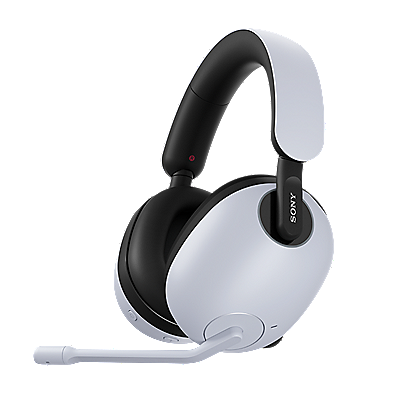Personal Computer - Displaying PC screen on TV
Before Connecting
The following guide will help you to connect your computer to your TV.
Before you proceed, it is recommended that you download the latest
driver and software version of your graphic card. For more information,
please visit your graphic card or computer manufacturer's website.
Most
computers have a VGA output port, so you can use the VGA cable to
connect your computer to the TV. Other recommended connection is via
HDMI cable.
-
HDMI
The High-Definition Multimedia Interface (HDMI) is an all-digital audio/video interface capable of transmitting high definition video and audio signals.
However, not all HDMI-enabled video cards support audio. If your HDTV has an audio input, you might be able to connect a separate audio cable from your computer sound card directly to the TV.
Otherwise, you'll need to connect the audio signal to a different device, such as external computer speakers or your home stereo system. -
VGA
The Video Graphic Array (VGA) is capable of transmitting high resolution analogue video, but does not transmit sound. You will need to use the audio connectors of your device.It is recommended to use a PC cable with ferrites, such as the "Connector, D-sub 15", or an equivalent.
Notes on Audio Connectivity:
If connecting a digital audio system that is compatible with Audio Return Channel (ARC) technology, use the HDMI jack (socket) that carries the "ARC" mark. If not, an additional audio connection to PC/HDMI AUDIO IN is necessary.
Note if your computer has DVI or Mini-DVI port:
You can connect it to the HDMI (with AUDIO IN) port through a DVI - HDMI adaptor interface (not supplied), and connect the device’s audio out port to the PC/HDMI AUDIO IN.
Corresponding PC input signal
| Resolution | Horizontal Frequency/ Vertical Frequency |
| 640 x 480 | 31.5 kHz/ 60 Hz |
| 800 x 600 | 37.9 kHz/ 60 Hz |
| 1024 x 768 | 48.4 kHz/ 60 Hz |
| 1280 x 768 | 47.4 kHz/ 60 Hz and 47.8 kHz/ 60 Hz |
| 1360 x 768 | 47.7 kHz/ 60 Hz |
| 1280 x 1024 | 64.0 kHz/ 60 Hz (Full HD model only) |
| 1920 x 1080 | 67.5 kHz/ 60 Hz (Full HD model only) * |
-
To view PC content:
- Set Scene Select to Graphics
- Set Screen Format/ Wide Mode to Full
- Set Display Area to Full Pixel. (Display Area is configurable only when Auto Display Area is set to Off.)
- TV does not support interlaced signals.
- For optimum picture quality, it is recommended that you use the signals in the chart. In Plug and Play, signals with a 60 Hz vertical frequency will be detected automatically. (PC reboot may be necessary.)
- Depending on the connection status, the image may be blurred or smeared. In this case, change the PC’s settings and select another input signal "Corresponding PC input signal".
- 1920 pixel x 1080 line/ 60Hz output may not be available, depending on your PC. Even if 1920 pixel x 1080 line/ 60Hz output is selected, the actual output signal may differ. In this case, change the PC’s settings and select another input signal "Corresponding PC input signal".






















